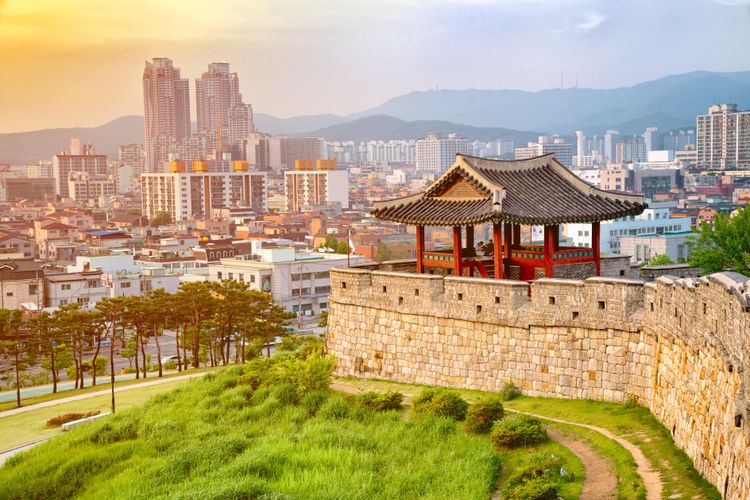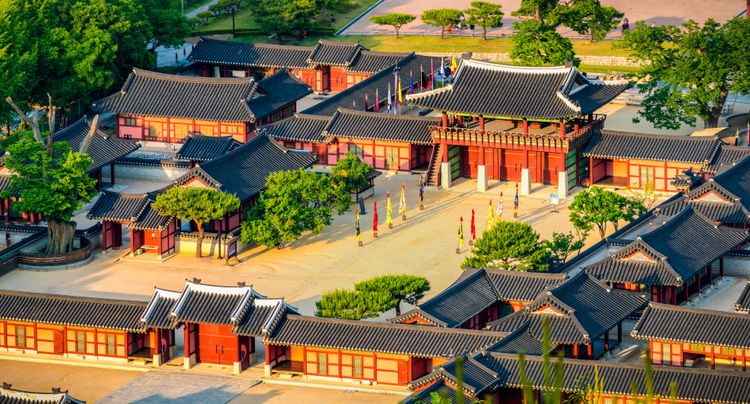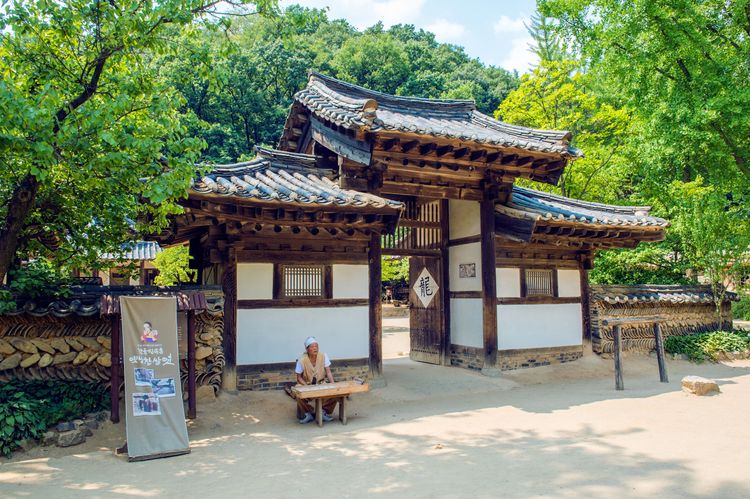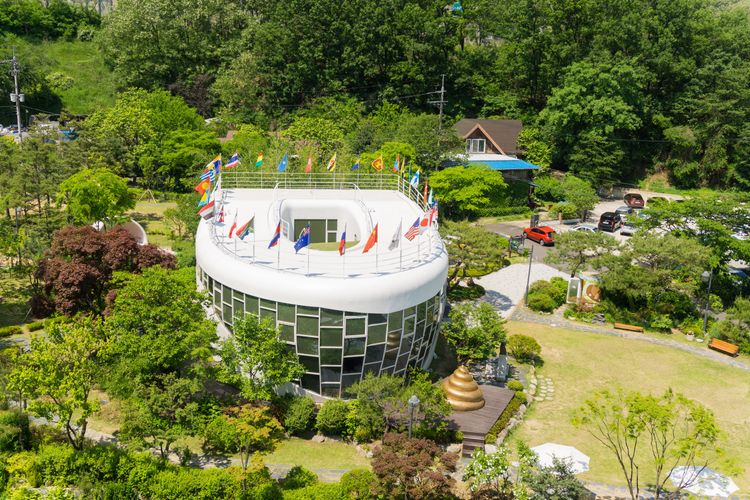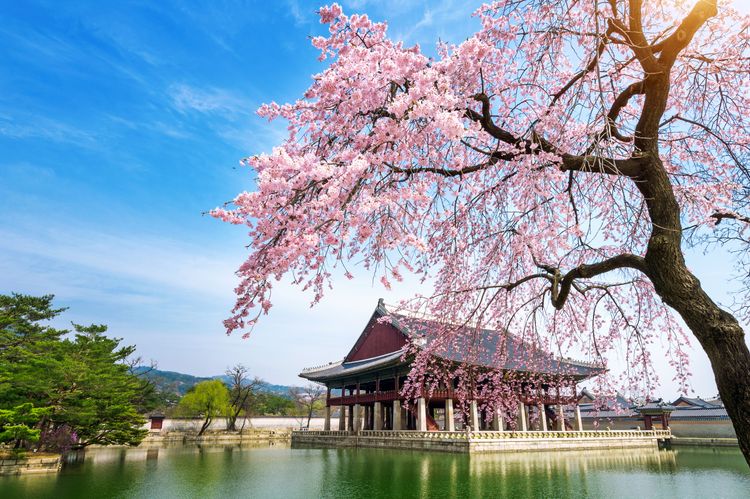Korean folk village
For an immersion in traditional Korean culture and to discover what daily life was like in the past, a trip to Suwon village is a must. An open-air museum, it is home to more than 260 hanoks and other historic buildings that were originally moved here in the early 1970s. You can browse a traditional market, watch carpentry and metalwork demonstrations, and watch dance performances and other seasonal events. The Korean Folk Village is also a place to sample age-old Korean specialities such as bukeo-gui (grilled dried fish), jeungpyeon (steamed and fermented rice cake) and pajeon (chive pancake).
Toilet Museum (Haewoojae)
The former mayor of Suwon, Sim Jae-duck (1939-2009), earned the nickname 'Mr Toilet' after leading a campaign to improve toilet sanitation in the city, and later became the first president of the Korea Toilet Association. In 2007, he even demolished the house he had lived in for 30 years and rebuilt it as a giant toilet to celebrate the founding of the World Toilet Association. Little ones will make the most of the free indoor toilet museum's fun exhibits, while adults will learn more about the evolution of toilet technology and customs over the centuries.
 South Korea
South Korea
